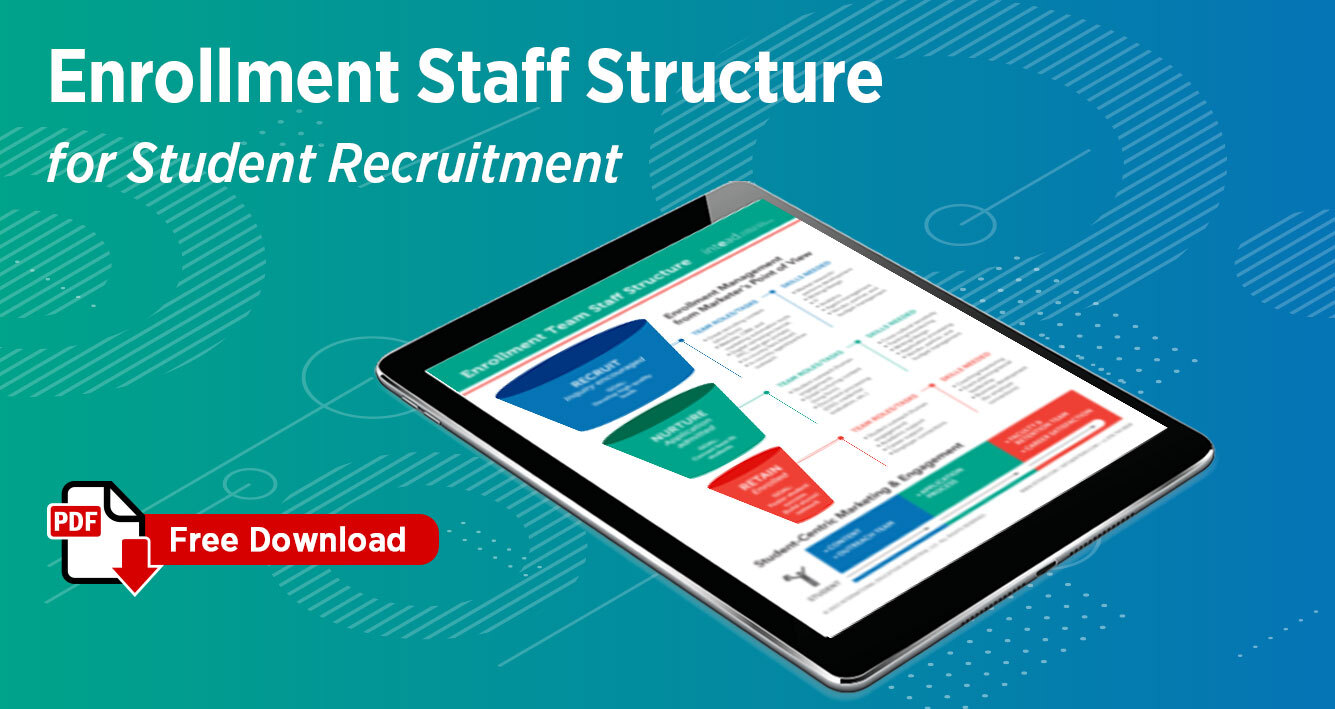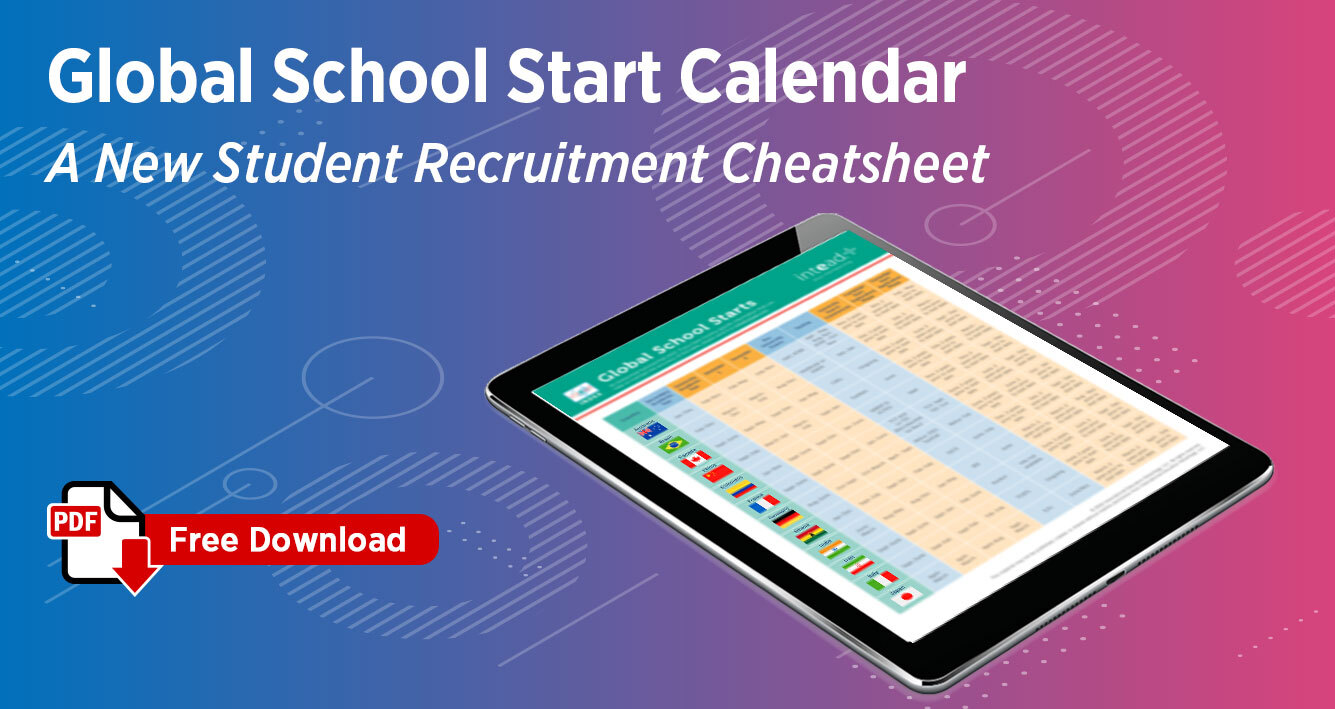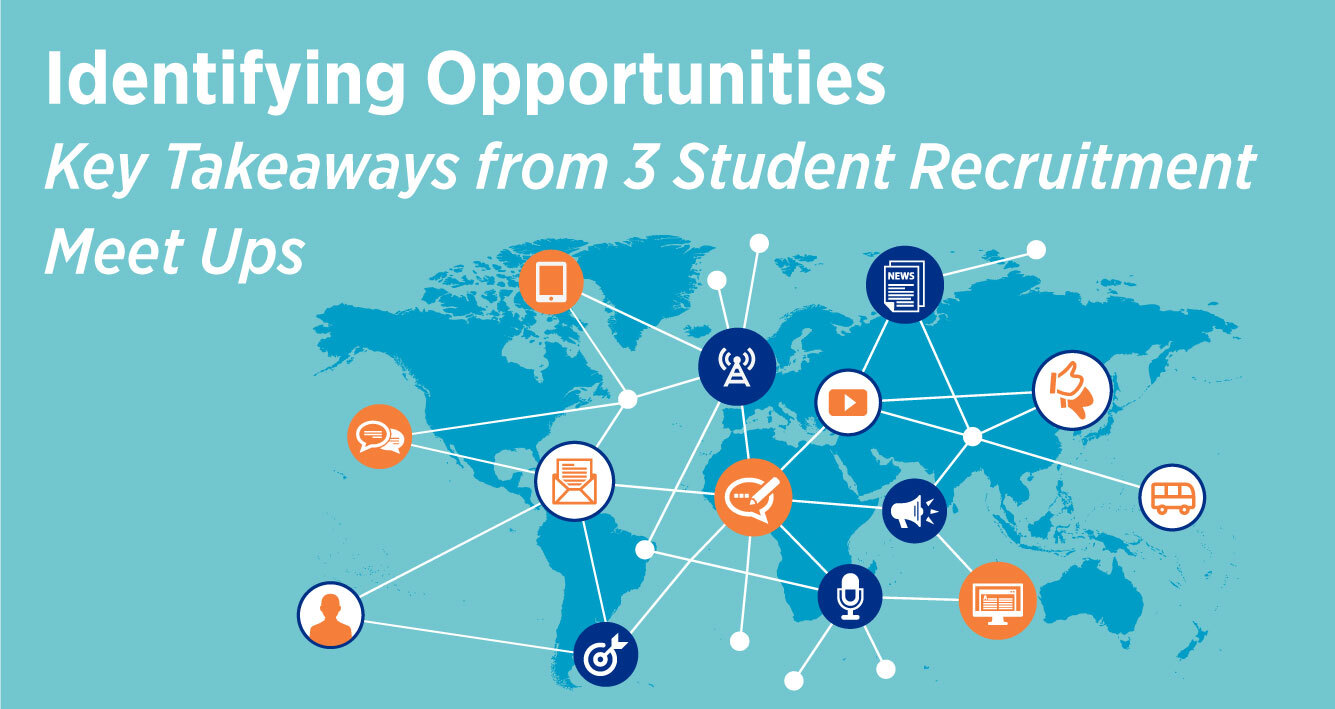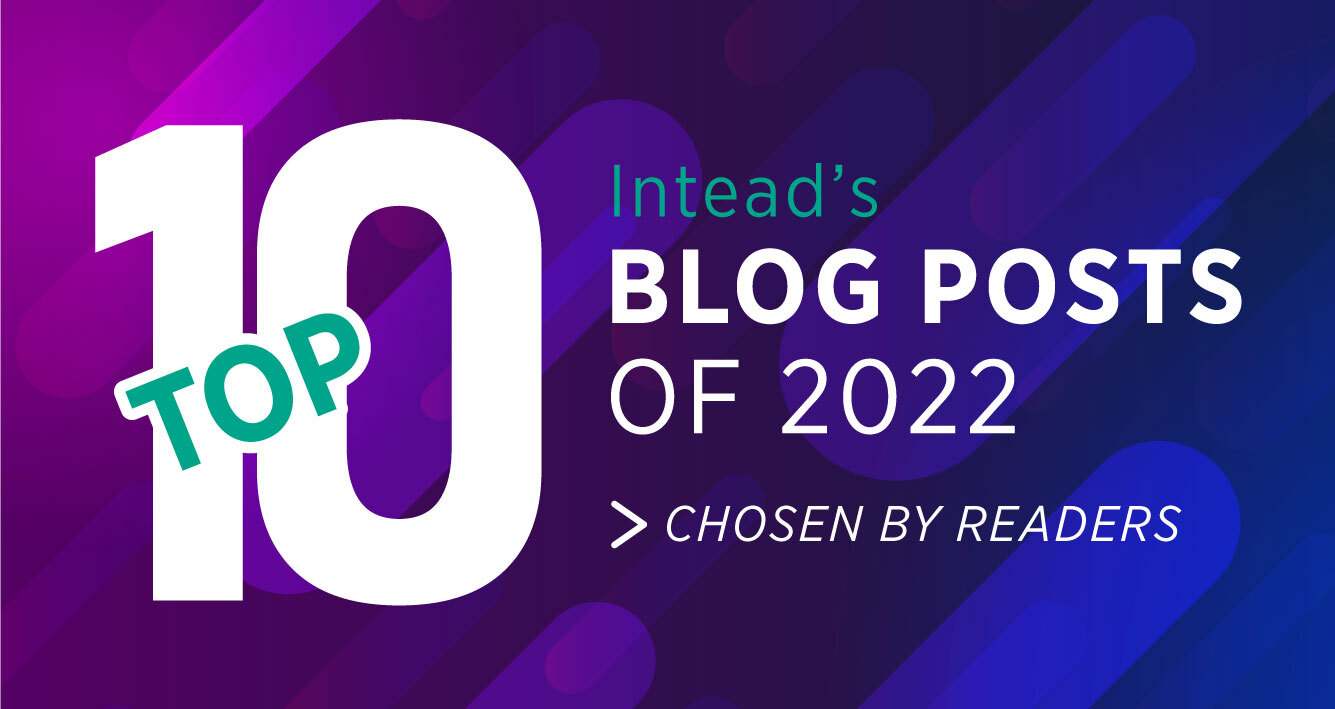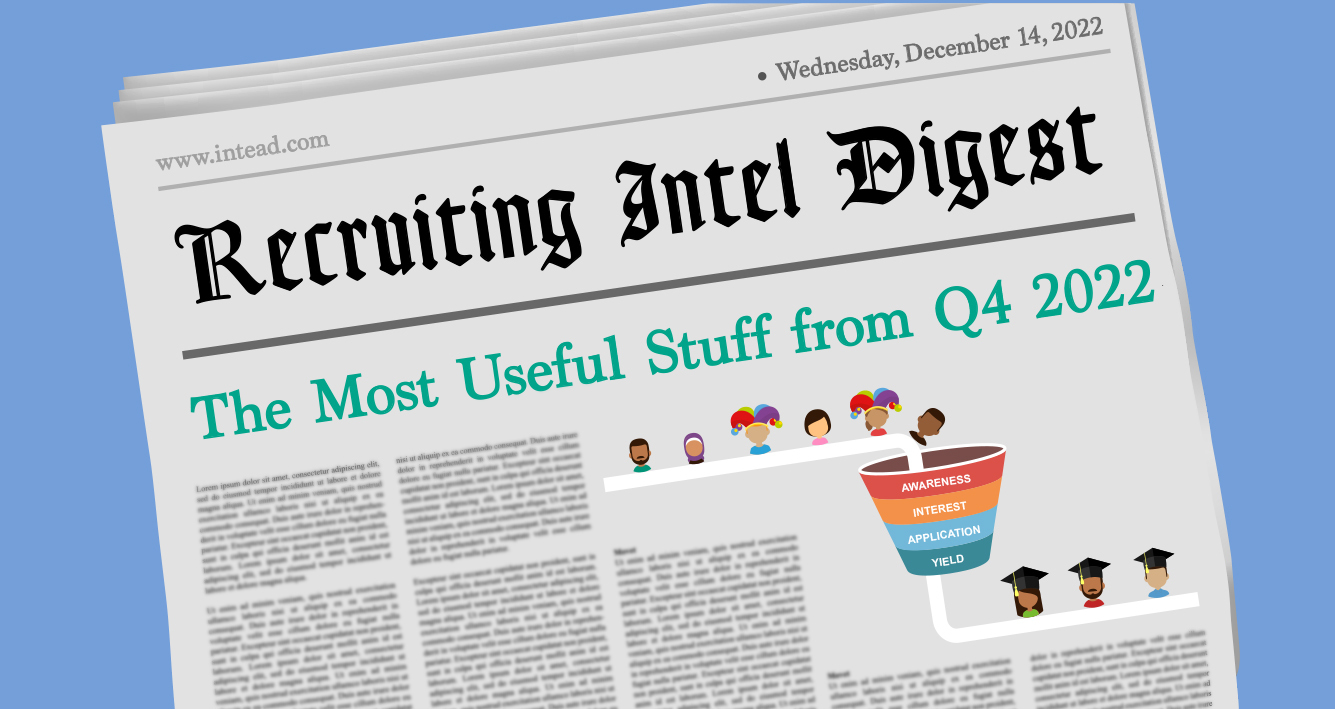Worth evaluating: will your 2022 student recruitment plan and budget be relevant for 2023?
Some are saying Search is dead. It is certainly getting increasingly complex. And hello ChatGPT.
An old Chinese adage (loosely translated): May you live in interesting times. The original idea from Ming Dynasty Poet Feng Menglong in1627, "Better to be a dog in times of tranquility than a human in times of chaos." (寧為太平犬,不做亂世人 – thank you Wikipedia!)
The good news: not everything changes. The core questions you use to evaluate next steps remain the same. The truth is, no matter the tactics your strategic plan includes, the framework for budget planning and evaluation is (or should be) constant. If it’s not, let’s talk.
That’s why “3 Essential Budget Questions: A Framework for Planning” is one of our top go-to downloads. And why we often give it a reboot around budget season.
This free download distills any budget request/evaluation process into three essential questions. A quick 2-minute read, our framework for evaluating your plans and whether they merit additional investment, narrows your focus on a consideration of what is truly important to you. Where are the strongest opportunities for growth? What do you truly value? And are you performing at the level that produces desired results?
Here's the thing, if you are not willing to fund something to get the results you want, then you don’t value those desired results as much as the thing you do decide to fund. What went into that decision? All too often, institutional politics carries more weight than an evaluation of values and growth opportunities. Ouch!
This download will be available for free to our blog subscribers for a limited time. Or, join Intead Plus and your team can access this and all our other Intead Index student recruitment essentials any time the need arises (annual budgeting, new team member training, etc.).
Ready to get your copy of Intead’s budget framework flowchart? Read on…
Read More
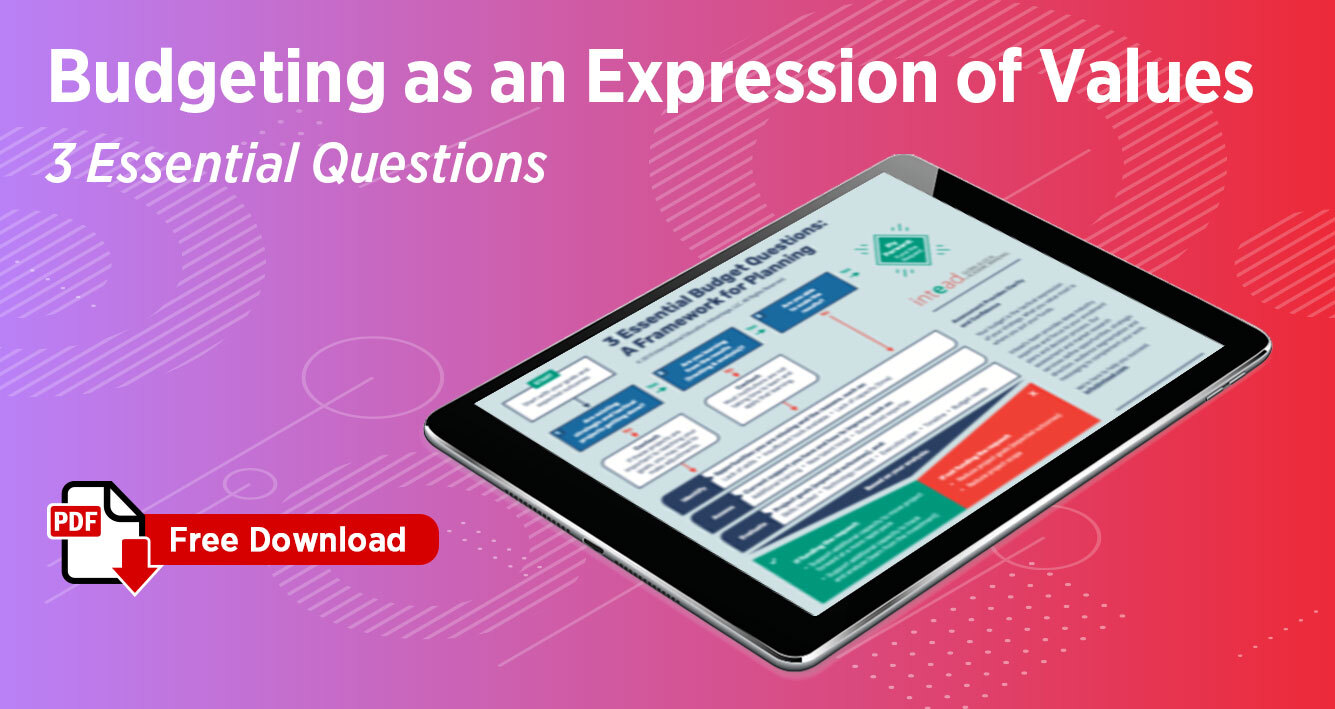
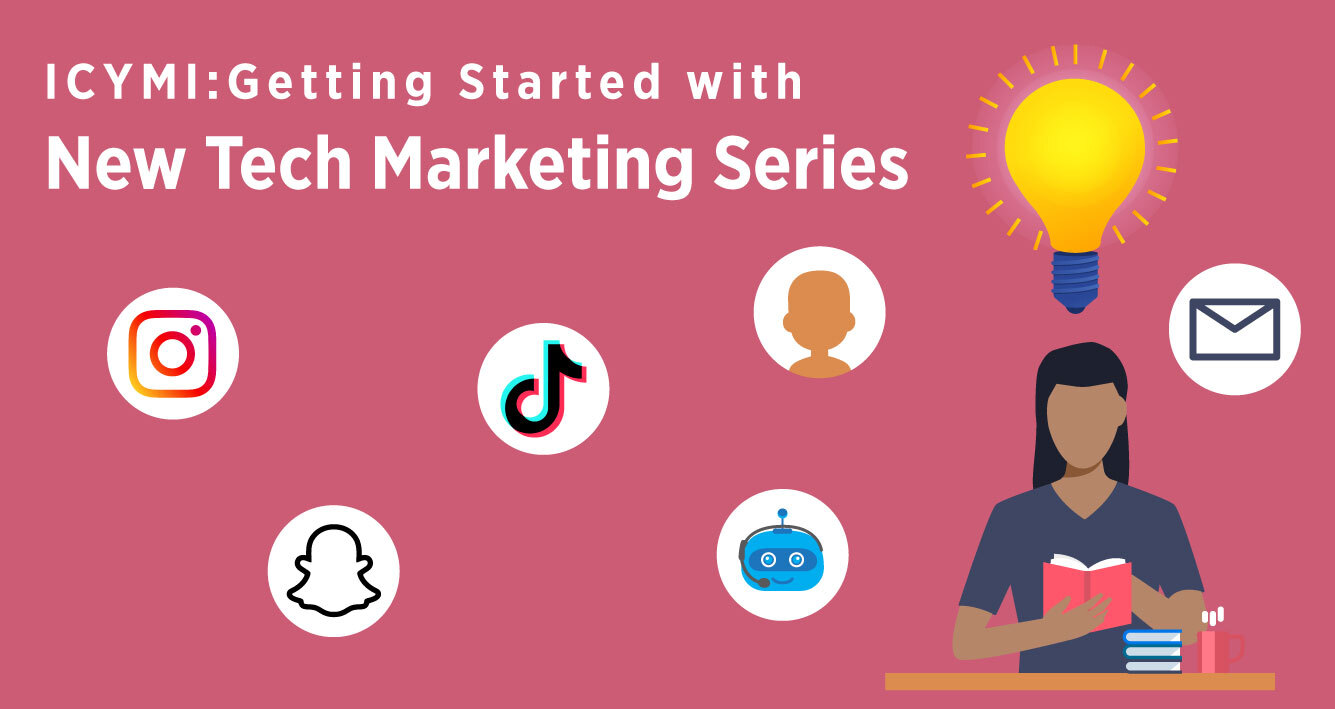
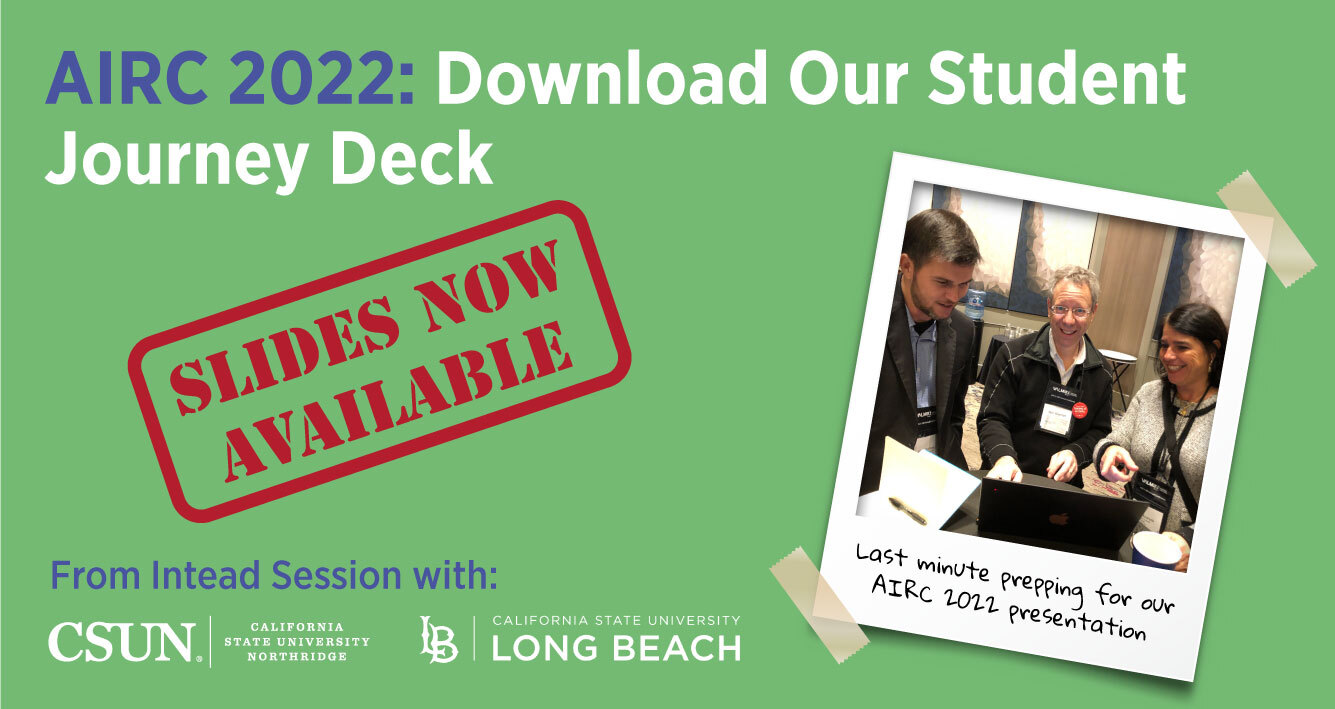
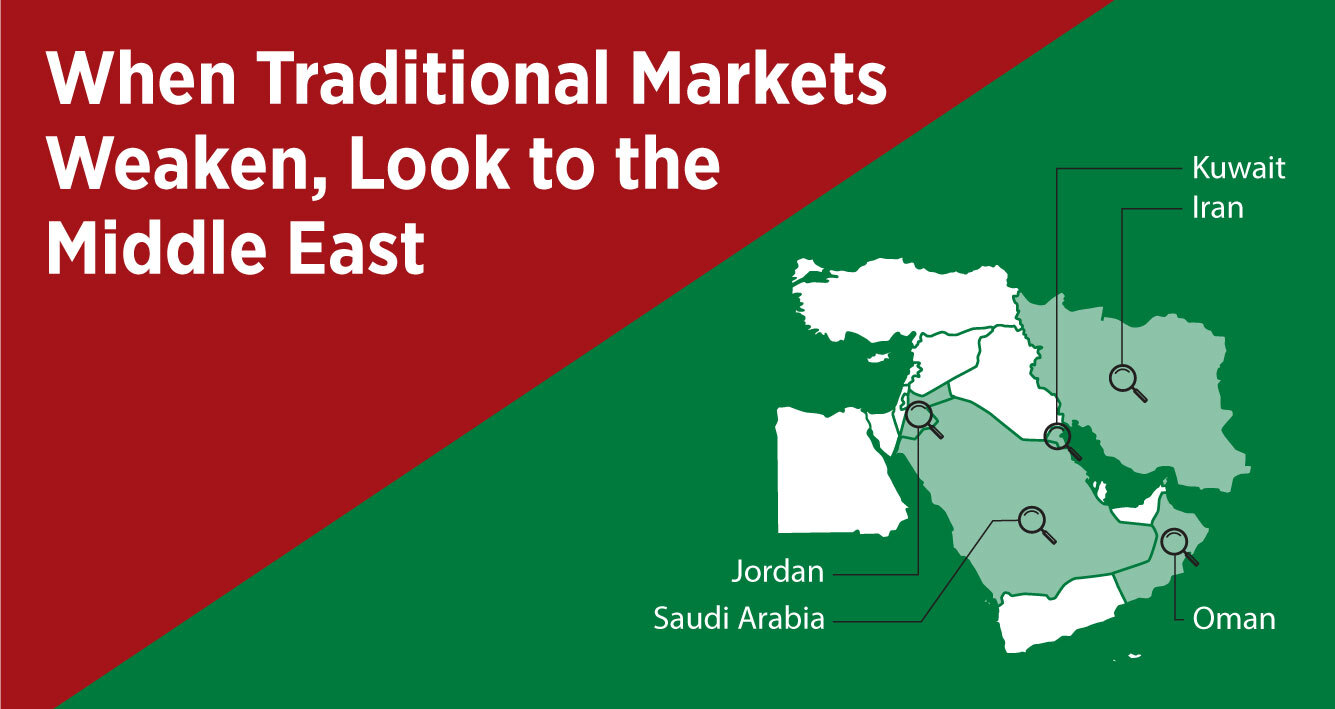
.jpg)
